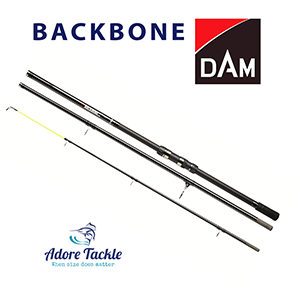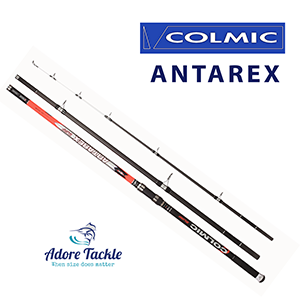Recent Posts
Blog
Everything you need to know about beach fishing. Beach spinning rods and reels. Part 2 (natural baits)
Posted by on
Well, it's been a while since we last wrote. But we've promised you, we will cover this type of fishing, relevant techniques and associated gear. It is probably one of our favorite types of fishing. In the surf, with natural baits.
And before everyone jumps up and down (when we are going to point out that the rods should be at least 2.70m long to be even remotely considered suitable for beach fishing), if you have just a 6 ft rod paired with whatever old-style reel and that's how you enjoy your day in the surf- then go your hardest ! No one is going to stop you. Do whatever makes you happy.
What we're trying to cover here is how you should go about your surf fishing if you are serious about it and expect to have consistently good results. Every time.
Sure, tides play a key role. Same with the bait. But technique and gear are an important part of your arsenal that you need to look into and understand thoroughly- so you are prepared on the beach for whatever the challenge.
Because every time you go out there (even if it's the same spot), everything changes. Wind, temperature, tide and even the location of the gutters change. Same with the resident fish. And your gear should get you out of trouble and in the zone as many times as possible.
What is the minimum length for surf fishing rod?
I would describe as a suitable surf fishing rod, one that is longer than 3m. Ideally, longer than 3.60m.
Most modern surf rods today are at least 3.60m or longer. Usually 3.90m-4.50m, with some exceptions on both sides of this range.
What we should ideally use? Personal preference plays a big part. But not only. It is important to consider what casting technique one can employ, what sort of action a rod must have and what casting weight your rod should be able to deal with.
Surf fishing rods can be classified in two categories:
- beach quiver (or ledgering) and
- surf casting rods.
Both can be in either telescopic or two/three part versions.
Beach Quiver/ Feeder Rods
Beach quiver/ ledgering rods, similar with the feeder rods have lengths between 3.90m to 4.50m and cover casting weights usually up to 150-180g. More often 80-150g, and have interchangeable tips - making them extremely versatile for a lot of fishing conditions.
Most of these rods have 2-3 tips, usually full carbon or fiberglass and sometimes with different colored markings on, and you just change the tip depending on target species and technique. Say, you're after some mullet, whiting or bream- you will use a lighter and more sensitive tip with appropriate weights and you will change when you want to go after tailor, gummies or mulloway. Equally you can change tips when you want to fish a low energy beach or a high energy one or when the fish is finicky or quite aggressive. It gives you a lot of options.
The majority of these quiver rods can also be used when fishing from the rocks or from jetties and are perfectly suitable for fishing with floats. And of course they can be used in rivers and estuaries too.
Beach feeder/quiver/ledgering rods can be found with cork, Duplon and neoprene handles and as either one handed or two handed rods. Because of the varying techniques that can be used for and different interchangeable tips that they are supplied with- these rods have 6-8 guide rings on the first 3 sections and 4-5 smaller ones on each tip. This allows for greater control and for proper load distribution when casting, retrieving or when fighting a fish.
Some beach ledgering rods are more one-handed feeder like (see an example here for feeder-like rods: DAM Whisler and others similar to dedicated surf rods, two-handed long range rods with multiple quiver tips ( see an example here in the excellent Sunset Paloma
Surf Casting Rods
Now moving on to "actual" surf rods. As mentioned earlier you can have one handed surf rod or two handed. To go the distance - you will need two handed rods. Personally I always use two handed surf rods. It suits me best as I can use both hands when catapulting the bait past the breakwater.
If you want a two handed rod that allows yo to cast maximum distance but then when fighting a fish to be like a one-handed rod, then you need a rod with adjustable reel seat.
An example of such rod would be DAM Backbone Surf.
These dedicated surf rods have developed tremendously in the past 20 years. Nowadays all good surf rods use minimum 24 Ton carbon and quality SIC guide rings. Most advanced ones use different high modulus carbon mats from reputable producers (Toray, Mitsubishi, Reglass, etc) impregnated with special resins (to allow the blank to have specific actions, reduced weight and increase flexibility) and supported (at times) with other materials such as fiberglass, kevlar or...graphene. Some major producers have even employed patented techniques or special "in-house" methods when building their rods ( Helicore technology - Sportex, Pro Force ULAF- Colmic, Technifibre- Sunset, etc.). And most surf rods are fitted with guide-rings and reel seats from reputable suppliers such as Fuji, SeaGuide, WeBo, PacBay, ALPS, etc.
As we discovered earlier, the vast majority of the dedicated surf rods have a minimum length of 3.90m with usual lengths between 4.20m-4.50m. Sometimes even more (see the exceptional COLMIC Antarex 4.60m ). Casting weights are generally between 80-250g. Once again more powerful rods (able to deploy 300, 400 and even 800g- casting weight limits) can be found.
Perfectly suited to fish high energy beaches or for monster fish with live baits.
What surf reels should you pair them with?
Which ones are suitable? Most modern surf fishing rods are designed for spinning reels (sizes 5000 and up). We do not bring any "old-hat" rods that can be used for side-cast reels.
But, once again- follow us as we will soon have in stock long cast surf rods (14ft) for trolling/overhead reels...!
Casting Surf Rods
In terms of casting and detecting abilities, it all depends on what you're after.
For long cast, I would probably go for 4.20-4.50m long rods and for "power" blanks, full carbon, fitted with "Vector" or "Normal" LC guides.
For high detection ability, I would prefer a hybrid tip and "Low Rider" guides.
The difference between "Vector", "Normal" LC and "Low Rider" guides is that the "Vector" and "Normal" LC guides usually have a bigger diameter of the first (starting) guide, usually 35-40mm (the "Vector" guides are usually curved forward, towards the tip and the "Normal" LC are straight, perpendicular on the blank). These guides and arrangement(s) are perfectly suited to a more "classic" style of fishing with bigger diameter monofilament lines. But they work well with braided lines too.
The "Low Rider" ones are better suited for low diameter mono or for braided lines as they have a slimmer diameter; they are usually like a V-shaped reverse trigger (with the ceramic ring on the tip of the V), 2 or 3 legs and the first guide-ring is always facing the reel in this arrangement, while all the others are pointing towards tip of the rod.
An example of a modern surf rod with "Vector" guides is COLMIC Ventura, "Normal" LC guide rings can be found on rods such as our high-quality DAM SALT-X Surf Expert, and the superb SUNSET Fantasia Hybrid is equipped with "Low Rider" guide-rings.
Concluding:
- Surf rods can be divided in two major categories:
- Beach Ledgering/Quiver/Feeder rods
- Dedicated long cast surf rods
- Both types usually come as either telescopic or 2-3 pieces rods (plus quiver tips in case of Beach Ledgering rods) and can come as a one-handed or two-handed rods
- Both types have usual lengths of 3.90-4.50m with some going all the way to 3.60m (lower end) and 5.00m (upper end)
- Both types are designed to be used exclusively with natural baits. Not for spinning lures.
- Casting weights for Beach Ledgering Rods are between 40-220g, with usual CW between 60-120g. And 3 x dedicated quiver tips designed to cover separate ranges ( 60-80g, 80-100g, 100-120g) and fishing techniques. Similar for other beech feeder rods, with different casting weights ( if not specifically marked, every tip should cover 1/3 of the CW range the rod is designed for)
- Casting weights for Long Cast Surf Rods are between 80-250g. Usual CW are 100-200g and 100-250g. Casting weight includes bait and sinker (optimum load- where the rod performs best is usually 25-30% less than the maximum casting weight). But there are rods that go up to 300g, 400g and 800g. The later is for fishing with live bait on the surf for big sharks, rays, grouper and other trophy fish
- Producers use when building these rods several types of materials for their blanks, from 100% fiberglass to mix-carbon and full carbon. The most advanced rods use minimum 24 Ton carbon and SIC guides.
- Best surf rods use higher modulus carbon impregnated with resins and other supporting materials and the blanks are created using proprietary techniques to increase flexibility, reduce weight and have specific actions (dedicated for different fishing and casting techniques).
- All beach ledgering rods are suitable only for side cast techniques. While all the long cast surf rods can be used for side cast as well, some have been designed to be used for ground cast techniques and even for pendulum casting.
- Any of these rods are either fitted with 5-8 (more if adding the guides on the quiver tips) "Normal" LC, Vector or Low-Rider guide-rings. More advanced rods use better guide-rings (and reel seats) from Fuji, SeaGuide, WeBo, ALPS, PacBay.
- Some long cast surf rods come in two variants: power and hybrid. The power range can be used with thicker monofilament lines and have a stronger blank while the hybrid variants use Low Rider guide rings (for braided lines or thinner diameter mono lines) and have a hybrid tip to increase detection. So less powerful, but more sensitive.

Everything you need to know about beach fishing . How, why and when. Beach spinning rods and reels. Part 1 (artificial lures)
These days a lot of folks are looking at surf rods to go beach fishing. Asking me what surf rod is better than the other...And it amazes me just how easy it is to get confused by this term. Basically, any fishing rod that is (or can be) used from the beach could be described as a surf fishing [...]
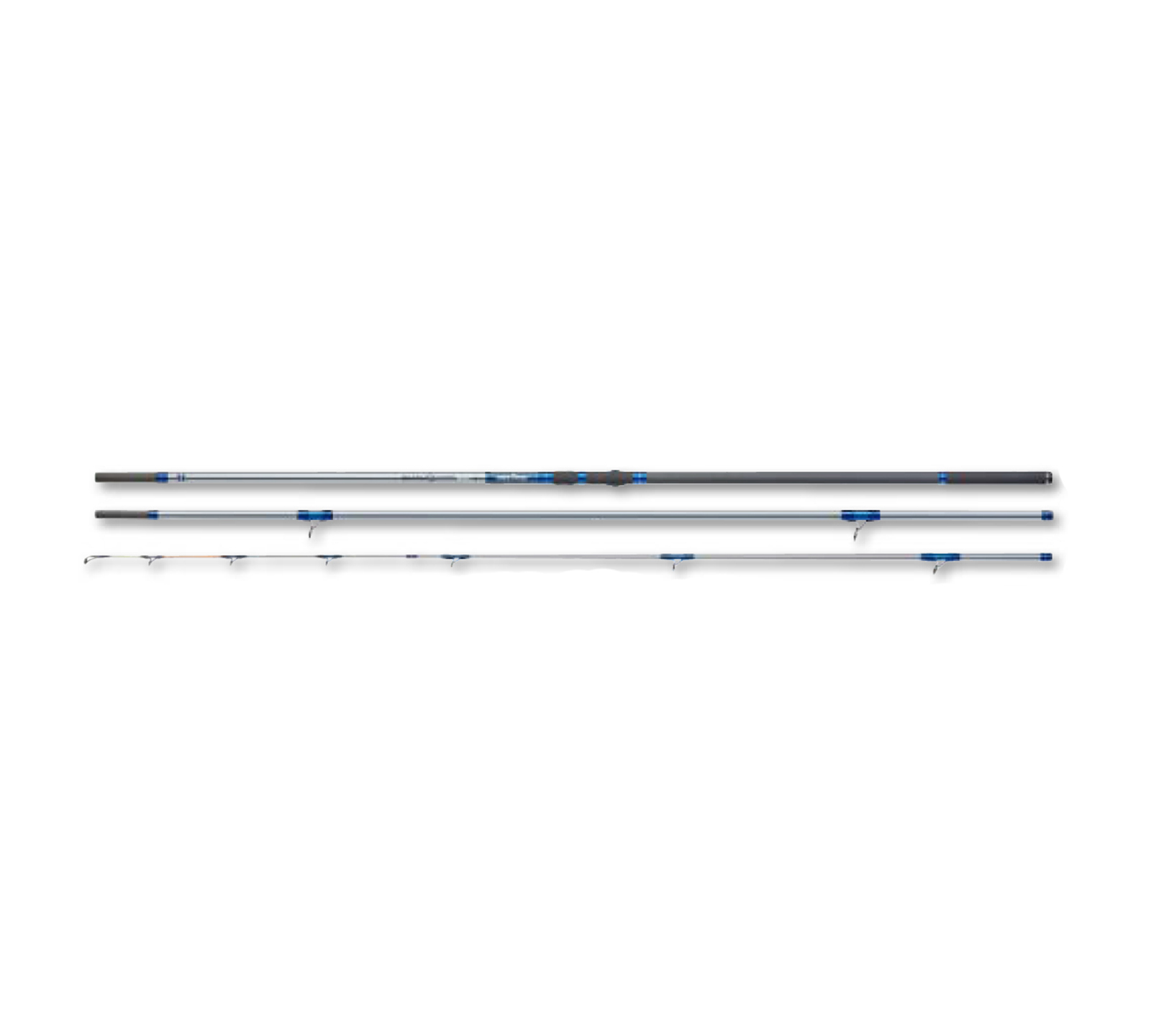
Carbon Fishing Rods : Do(s) and Don’t(s)
How to use your Carbon Fishing rods Carbon Fishing rods are an exceptional alternative to fiberglass and composite rods. They are at least as tough, if not tougher, and can give you all the fish-fighting power needed to land your next big catch. However, they are more rigid than the fiberglass/ composite rods but also lighter. The biggest benefit is [...]
Everything you should know about Surf Fishing Rods (Part 2)
How to choose the best surf casting fishing rod? We have put together an extensive guide to make it easier for you to choose the right, perfect surf fishing rod! In today's post, we talk about Surf Fishing Rods different actions, blanks, fishing line types and matching surf fishing reelsHow to choose Surf Fishing Rod [...]
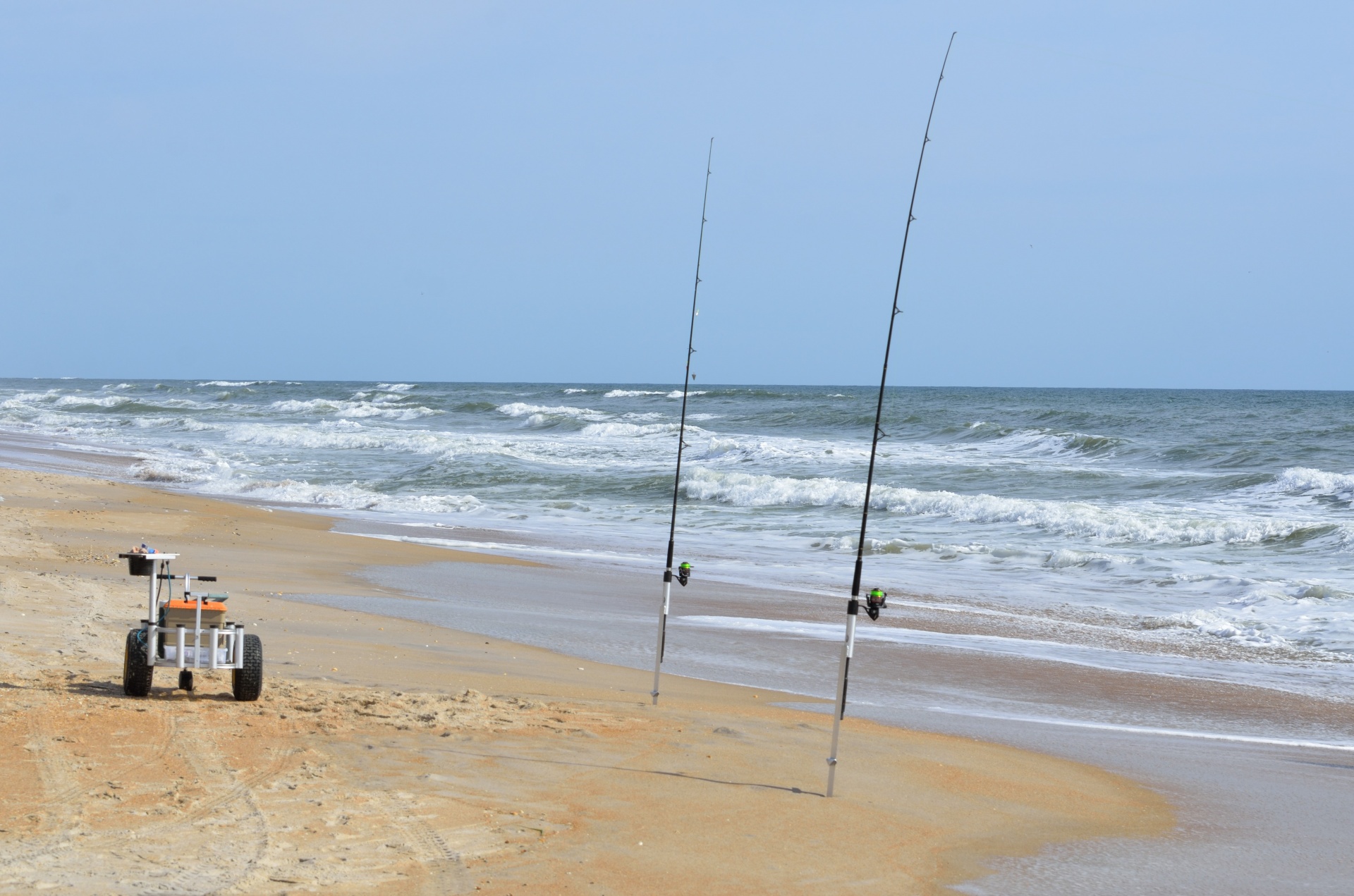
How to choose Surf Fishing Rods (Part 1)
How to choose the best surf casting fishing rod that will work for you? We tried to put together an extensive guide to make it easier for you to choose the right, perfect surf fishing rod! Several times in the past weeks we've been asked what type of surf spinning rods would we recommend. There were people that [...]
Casting weights vs. Rod rating
These days we are getting a lot of questions on what our rod ratings are. Let me start by saying that I prefer much more the term "casting weight" than rod rating. Allow me to explain why. Most rod manufacturers these days use either one or the other, or both. But what are they? Rod rating is the [...]
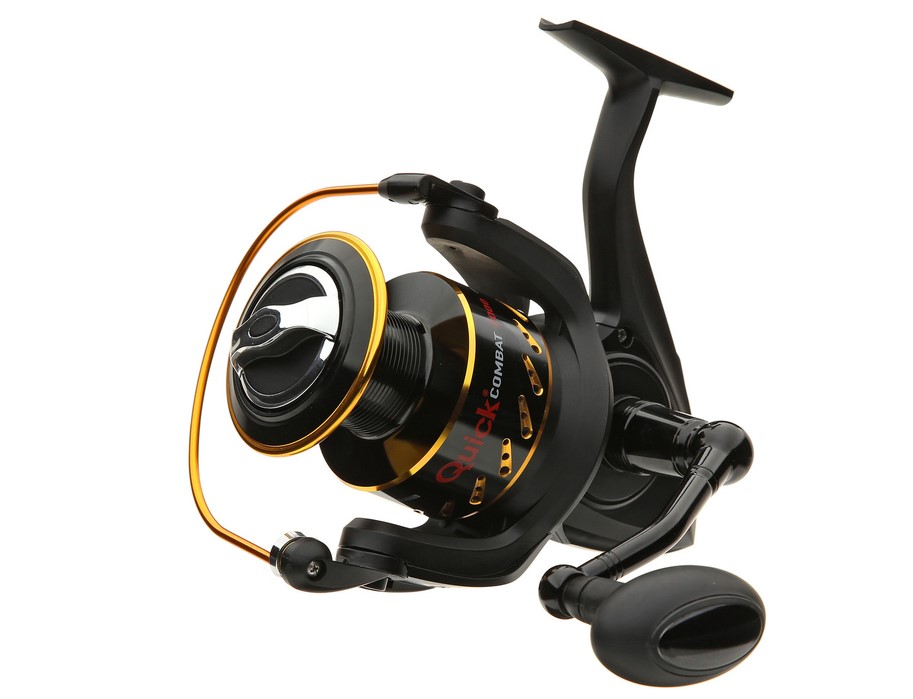
Spinning reels (Part 3)
So, in the end what reel should you buy?If you want to fish from the shore, passed the first gutter longer distances you definitely need a long cast spool reel. Those reels are more often qualified as surf reels or long cast spinning reels. Some excellent examples will be DAM Surfhammer 360FD, or the SUNSET [...]
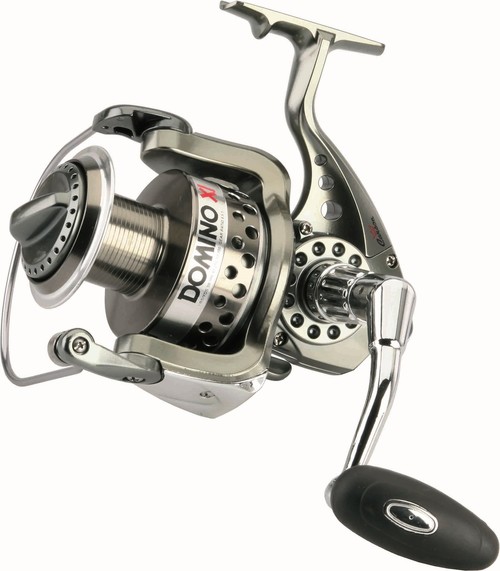
Spinning reels ( Part 2)
Last week we've started talking about different types of spinning reels. At Adore Tackle we have you covered. Almost all (and certainly more coming our way) types of quality spinning/ threadline reels are available for purchase.There are certain subtleties when it comes to these types of reels. So what makes a good spinning reel?First of all, what type [...]

Spinning reels (Part 1)
Today's topic: Spinning Reels (Part 1)In this day and age we are spoiled by the sheer offering that's out there. Pretty much with everything. Call it food or clothes or...rods and reels. The later is a complex proposition. What reel should you chose then? Does it depend on what fish you target? Or perhaps on style of [...]

How to select the best carbon blank type for your fishing rod?
Updated on Feb 17th, 2021In today's world one might get confused about what different manufacturers call their fishing rod carbon blanks. Some call them 24 or 30 Carbon Ton. Others High Modulus or Intermediate Modulus, or 36 Million Modulus carbon. Whilst others call them IM6, IM7 or even IM12. So, what are those exactly?What is carbon modulus?First of all, carbon [...]
 Loading... Please wait...
Loading... Please wait...










